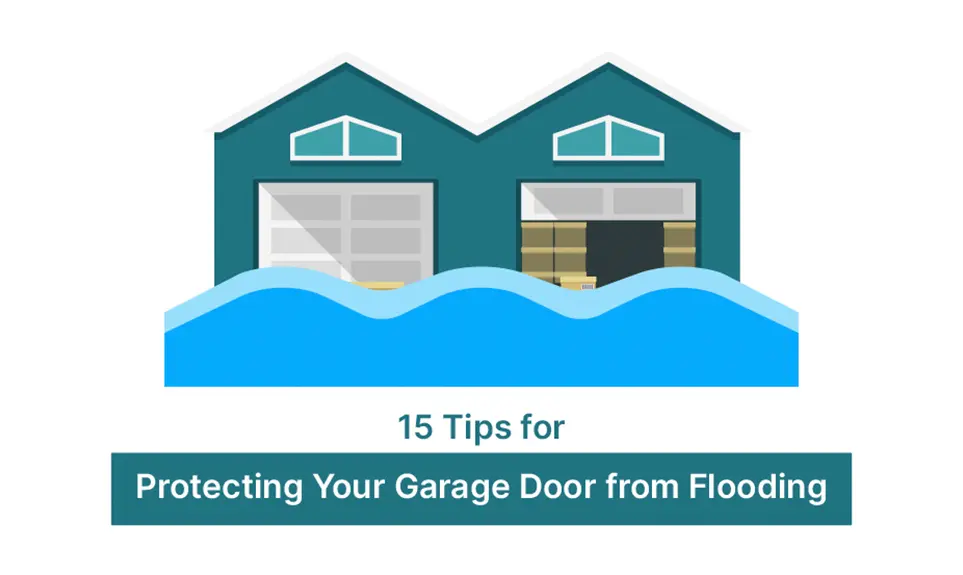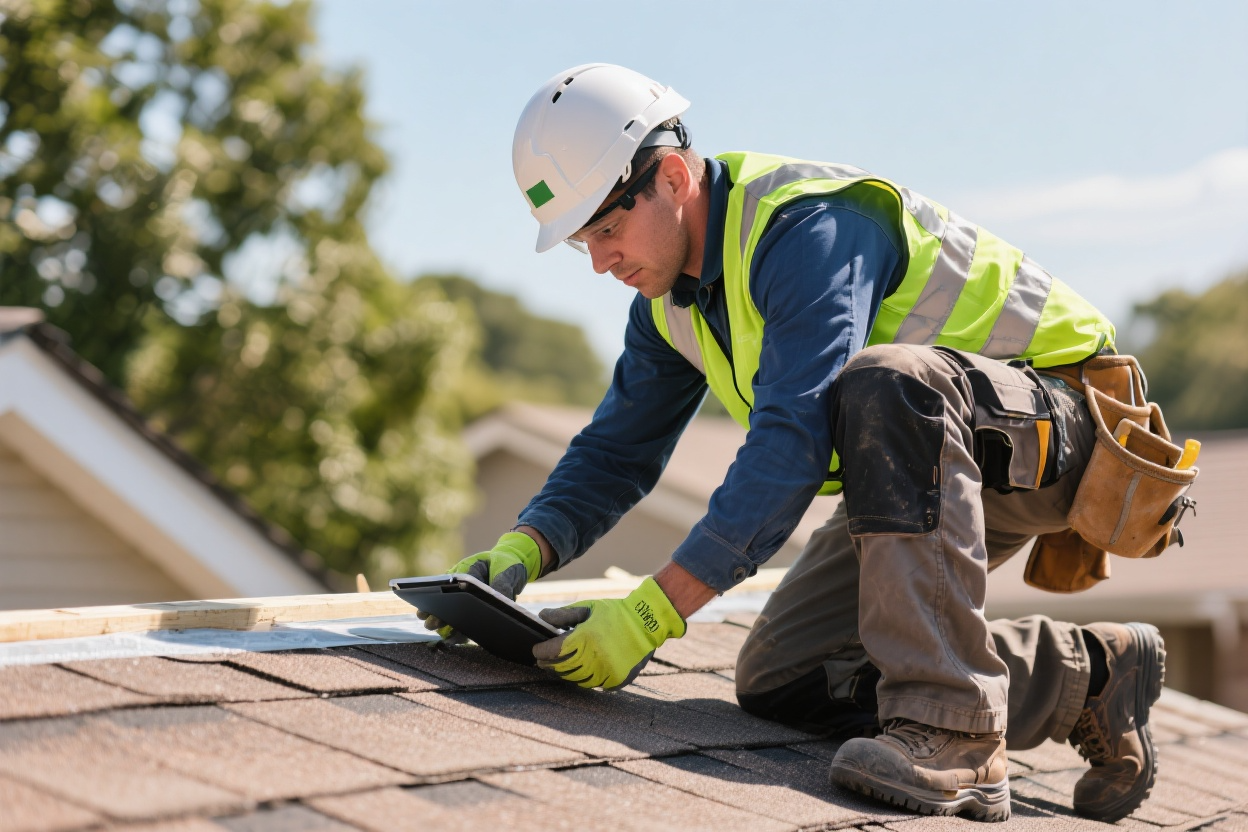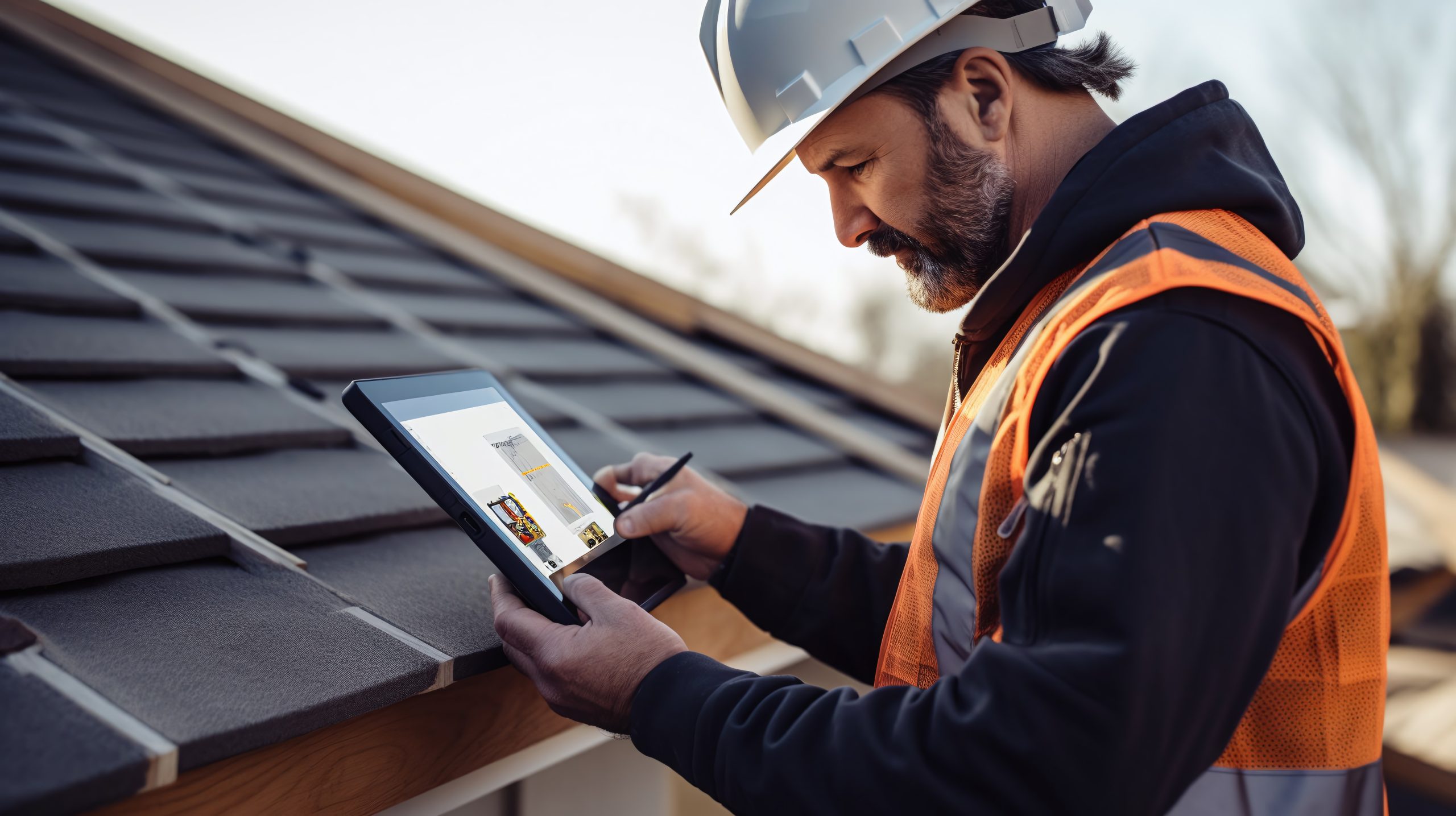Whether it’s storms, blizzards, or any other natural disaster, having a sturdy and flood-proofed garage is crucial to ensure your garage and possessions are safe from water damage or loss. Check out the tips below to get ideas on how you can protect your garage door from flooding.
Do you need to protect your garage door from flooding?
If your house is in a region that receives a lot of rain or blizzards, then you’re likely to receive a lot of floodwater in your garage if proper flood protection measures are not taken. Both rain and snow can cause water to seep into your garage floor and walls, which is usually the root cause of rotting wood, fungus, and mold, which can also eat away into the structure of your house as well.
What causes my garage door to flood?
While rain and snow bring water in through your garage door, you might be forgetting that your garage door is one of the largest ingress points for water in your home. A faulty door opener sensor, poor door alignment, or even your garage door being improperly seated on the tracks can allow flood water into your garage.
Tips to protect your garage door from flooding
If your garage is located in an area that is prone to flooding, it’s important to take some preventative steps to protect your garage door from potential damage. Here are fifteen tips to help you get started.
Inspect the bottom seal and garage foundation
The bottom seal is a thin strip of rubber or vinyl that is found at the bottom of the garage door. While it can’t prevent water from surging in if your neighborhood gets flooded, it does a decent job of keeping rain and snow out. If you sense light or even wind coming through the space, replacing the bottom seal should be a cheap fix.
However, if your garage foundation is cracked or damaged, there are a few things you can do. First, you should assess the magnitude of the damage. If the cracks are large and/or growing, you will need to contact a professional for repairs. However, if the cracks are small and do not cause any structural damage, you can try to repair them yourself.
First, locate the source of the crack. Then, clean out any debris from the crack with a wire brush. Next, apply concrete sealant to the crack. Be sure to read the instructions on the sealant carefully before application. Finally, allow sealing time to dry completely before using the garage as normal.
Flood barrier or threshold seal
While the bottom seal will keep rainwater and snow at bay, a continuous downpour can cause flood waters to force themselves into your garage. A flood barrier is similar to a bottom seal, wherein it can keep the water out and is a lot sturdier and lasts longer by comparison. It usually attaches itself to the floor of your garage. A high-quality seal or barrier can go a long way in keeping your garage safe.
Aluminum track to hold the bottom seal in place
You can install an aluminum track to fasten your garage doors’ bottom seal and provide more support against water trying to force its way in. Some garage doors may come with one pre-installed so if yours has one that’s faulty, consider getting it repaired or replaced.
Checking the door for cracks or holes
Carefully examine the garage door surface to see if you can find any cracks and holes. These should be filled and fixed immediately. Sanding down the hole and using spray foam insulation to fill up the hole is a good solution if you’re short on time.
If you don’t have the confidence or time to do it yourself, then you should call a professional or a service company to do it for you. They’ll be able to diagnose and tend to the problem a lot more easily and quickly than you’d be able to do alone.
Weather-stripping or weather seals
Weather seals are installed on the sides and the top of your garage door and along with the bottom seal and flood barrier, help keep the entrance to your garage watertight. Weather-stripping kits can be purchased online or you can call your local service company to provide a quick and simple installation service for you.
Replacing or repairing the trim around your door
The trim around the garage door is usually made out of wood and can be prone to cracking or rotting. Inspect the trim and call your local technician to repair or replace anything that’s broken or missing.
Clearing out the debris
Clear out any debris or objects that’s preventing your Garage door from closing properly. You should also remove any debris that’s stuck to the door, since that can also be an issue for the proper operation of your garage doors.
Check the door closing sensor
A faulty or blocked sensor will not allow a powered garage door to close fully. Check if any objects or debris are blocking the sensor and preventing it from doing its job. If nothing’s in the way and the sensor light is still on or blinking, get the help of a technician to get the faulty sensor replaced or repaired.
Adjust the settings of your door opener
Even with a working sensor and no debris the door still may not close fully. In such cases it might be a matter of making a few simple adjustments to the garage door openers settings using a screwdriver after consulting the user manual. If you are unsure about how to do this yourself it’s always advisable to let a professional do it for you.
Cleaning the track and rollers of the garage door
It is also possible that the operation of the door opener isn’t smooth enough, this can prevent your garage door from closing shut completely. Use a toothbrush to clean the tracks and lubricate the track using a non-silicon-based lubricant. Remove any excess lubricant using a cloth.
Replacing the batteries of the door opener
Sometimes, the simplest fixes solve the problem. Check the batteries in your remote and door opener to see if they are depleted. If they are, replacing them is a relatively easy fix.
Realigning your garage door
Every few years your garage door will need a realignment to make sure it doesn’t struggle to move up and down. Adjust the track and make sure it’s straight and screw it back in place. This is usually a two-person job, so it’s usually better to call some professionals over and have them properly align your doors instead of attempting this yourself.
Using waterproof paint
Your garage door surface, the surrounding trim and the garage siding and roofing can be painted with a fresh coat of paint. This can prevent water from destroying garage door materials like wood and metal.
Installing flood vents
While adding vents can sound counterintuitive to sealing your garage, adding flood vents can be very helpful. When a flood does happen, flood vents can help direct the water to a proper drainage system. Flood vents on your garage Door will open up on their own using a buoyancy mechanism or open by default to let water move freely instead of building up inside the garage.
Replacing your garage door
Though it’s possible to do simple repair and maintenance work to keep your Garage Door in working order, in some cases your old garage door may be beyond repair. Although replacement can be an expensive affair, it will be cheaper than having to service your entire house and garage in the aftermath of a flood.
Conclusion
Now as useful as these tips are in helping you protect your garage Door from flooding, you should also get the help of a professional or installation and service company to properly assess whether your garage is protected from floods or not. They might even be able to find problems that you would otherwise have not noticed.






